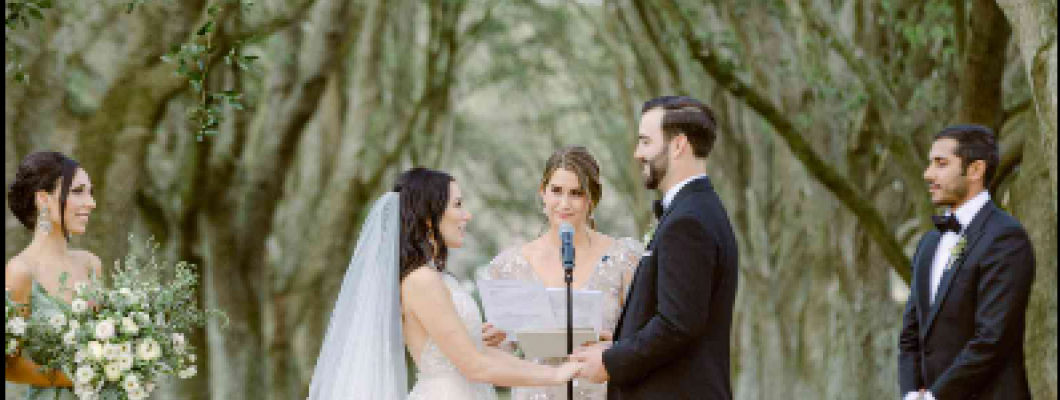
Wedding ceremonies have been a fundamental part of human culture for thousands of years, evolving over time with a variety of traditions and customs. From ancient civilizations like Egypt and Rome, weddings were often seen as a political or economic union between two families. These ceremonies were typically grand and lavish, with the bride presented to the groom as a gift.
During medieval Europe, the Catholic Church played a significant role in shaping wedding ceremonies. Couples would often marry in a church ceremony, and once their union was completed, they were considered legally bound. In the Renaissance period, weddings became more of a social event, with receptions and celebrations becoming more common. Couples would often exchange rings as a symbol of their commitment. In the 19th century, the concept of the "white wedding" emerged with brides wearing white dresses as a symbol of purity. This tradition remains popular today, with many brides still opting for white or ivory dresses for their ceremonies. In the 20th century, weddings became more personalized with couples often choosing to incorporate their own cultural or religious traditions into the ceremony. Today, there are many different types of wedding ceremonies, from traditional church weddings to destination weddings and more.
In conclusion, the history of the wedding ceremony shows that while it has evolved over time, the fundamental principles have remained the same: two people pledging to love and support each other for the rest of their lives.
